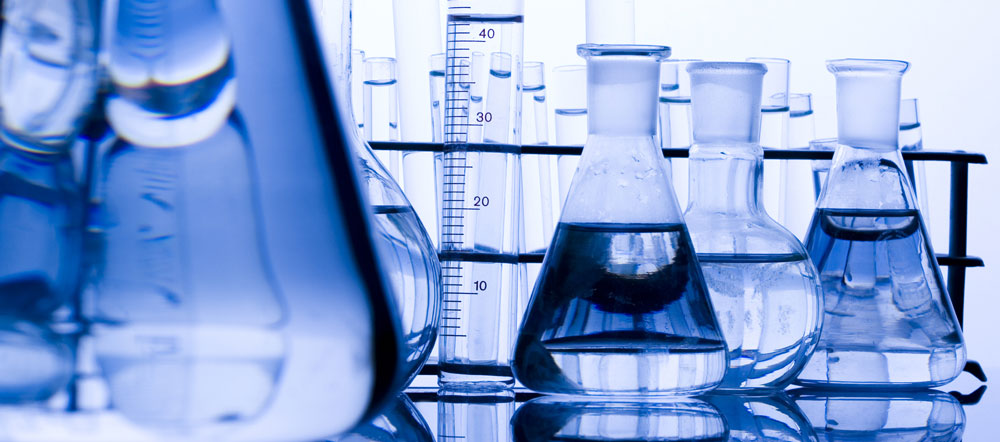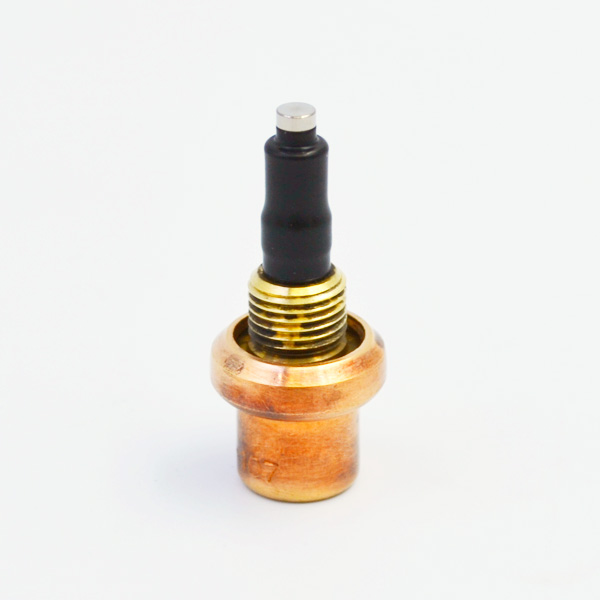An improved single neuron adaptive PID control algorithm based on genetic algorithm optimization is proposed to avoid the problem of online correction of some parameters and weight coefficients. The algorithm consists of two parts.
The first part is the value of D, P and I of the improved single neuron adaptive PID control. The second part combines genetic algorithm to seek the appropriate learning efficiency and proportional coefficient while improving the single neuron adaptive PID control. The simulation example of electromagnetic actuator in diesel engine speed regulation shows that the method has achieved good results. PID control is a kind of control according to the differential, integral and proportion of deviation. This control is the most common control method in industry. But in real life, the setting of some parameters of PID is restricted by various external and internal environmental conditions, so it is difficult to achieve the desired results, especially when the deviation is controlled by internal and external conditions. When the control objects are time-varying, some of their parameters become more difficult to tune. In order to improve the optimization of the parameters of the PID controller, according to the previous knowledge, the tuning of the parameters of the PID controller by the neural network is relatively simple, and it is easy to achieve its purpose [1]. There are many imperfections in the conventional neural network adaptive PID control. The main problem is that the learning rate of the neural network is optimized manually by experiment and experience, which is time-consuming but difficult to meet the real-time control requirements. In order to improve the performance of the control system and solve the problem that the parameters of the control object are difficult to optimize, I will put forward some optimization strategies of the parameters of the neural network based on genetic algorithm.

This system is used to realize single neuron PID controller by its self-adaptive and self-learning ability. Its control system structure is shown in Fig.

1. The structure looks simple. It adapts to the environment quickly, has less computation, strong robustness and is easy to understand. Here we set the input as YD and the output as y (k), which are converted into the required state values x1, x2, X3 for the controller by the converter. D (k) is a performance indicator or progressive signal. Here we take D (k) = YD (k) – y (k) = e (k). The single neuron adaptive controller realizes self-organization and self-adaptation by adjusting the weighting coefficients. K (K > 0) is the ratio coefficient of neurons and wi (k) is the weight coefficient of Xi (k). Genetic algorithm [2] is a random search method based on natural genetic mechanism and natural selection in biology. It draws lessons from Mendel’s theory of genetics and Darwin’s theory of evolution.

The genetic algorithm can be used efficiently in the process of spatial search, accumulate knowledge about search, acquire automatically and search the optimal solution adaptively. Its essence is the global search method.
First, we need to determine the approximate range of each required parameter, and then code it. Using mutation operator, crossover and replication knowledge, thermostatic element the population P (t) is manipulated to produce the next generation population P (t 1). Repeat (3) and (4) steps to achieve the desired or convergent parameters. As a controlled object, marine diesel engine has certain significance. Its characteristics are strong nonlinearity and complex structure. With the change of load, speed or other conditions, the time-varying problem of diesel engine is prominent, and the non-linear problem will also be reflected. If the parameters change prominently, the performance of the system will be unstable. The method of this paper is to make the diesel engine have good performance and adjust the parameters intelligently. As can be clearly seen from Figures 2 and 3, the overshoot of the improved PID algorithm with parameter changes is very small, and the rising time is very fast, in addition, it can be adjusted in a very short time. Figure 4 shows the optimization process of the cost function value J.

Fig. 3 also fully reflects the tracking performance of the improved PID algorithm with parameter changes. Therefore, the improved PID algorithm proposed in this paper is better than the improved single neuron adaptive PID control algorithm. The effect of genetic algorithm combined with improved single nerve adaptive PID control algorithm on some controlled objects is considerable. This algorithm not only retains the usual PID control algorithm, but also improves the online correction and real-time performance of the PID algorithm, which is realized by neural network and genetic algorithm. The algorithm has the advantages of simple principle, easy implementation, strong robustness and wide application. It can achieve better control performance, and has the characteristics of simple structure of conventional PID control algorithm.
The simulation results verify the superiority of this algorithm in practice.
